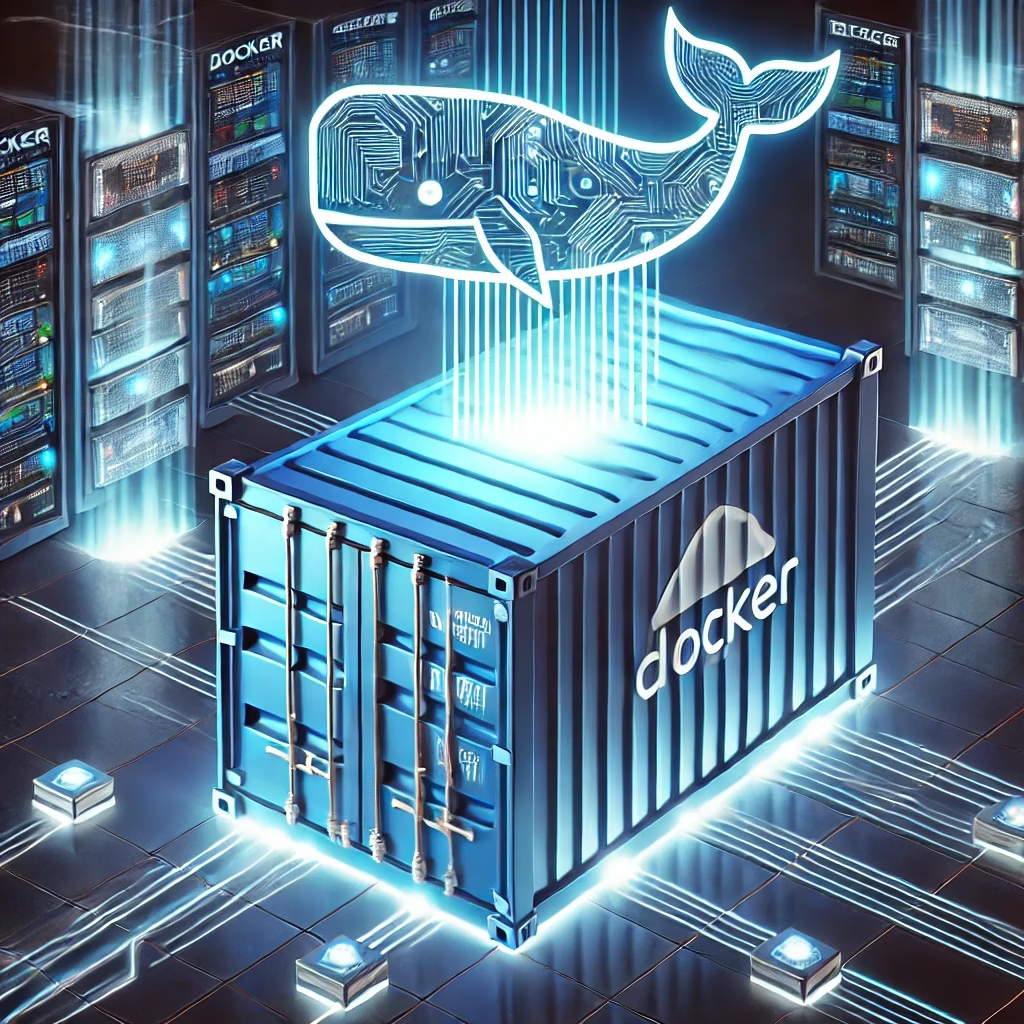Docker has transformed the software industry by simplifying and streamlining how applications are developed, deployed, and scaled. By encapsulating software along with its dependencies and settings into containers, Docker ensures that applications run consistently across diverse environments. In this comprehensive guide, I’ll help you gain practical knowledge and proficiency in Docker, from foundational concepts to advanced strategies, complete with examples and visual aids.
- What is Docker?
- Why Use Docker?
- Docker Architecture Explained
- Getting Started with Docker
- Essential Docker Commands
- Deep Dive into Dockerfile and Docker Images
- Docker Container Management Basics
- Advanced Docker Container Management
- Docker Networking
- Docker Compose
- Docker Swarm for Orchestration
- Docker Security
- Docker Monitoring and Logging
- Performance Tuning
- Docker in Production Environments
- Docker Best Practices
- Real-World Docker Use Cases
- Conclusion
What is Docker?
Docker is an open-source platform designed to package applications into containers. Containers encapsulate the application and its dependencies, allowing consistent performance across different environments, whether it’s your local development environment, a testing environment, or production.
Detailed Introduction to Docker
Why Use Docker?
Docker offers several key benefits:
- Consistency Across Environments: Eliminate the “works on my machine” issue.
- Resource Efficiency: Lightweight and efficient compared to traditional virtual machines.
- Scalability: Easily scale your applications horizontally.
- Rapid Deployment: Speeds up software delivery and deployment cycles.
Docker Architecture Explained
Docker’s architecture involves three key components:
- Docker Client: The user interface for Docker.
- Docker Daemon: The background process managing Docker objects such as containers and images.
- Docker Registry: Stores Docker images; Docker Hub is the most common public registry.
Getting Started with Docker
To install Docker, follow Docker’s official installation guide.
Verify the installation:
docker --versionEssential Docker Commands
Familiarize yourself with these essential Docker commands:
# Pull an image from Docker Hub
docker pull ubuntu
# Run a container interactively
docker run -it ubuntu bash
# List all containers
docker ps -a
# Stop a running container
docker stop [container_id]
# Remove a container
docker rm [container_id]Deep Dive into Dockerfile and Docker Images
Dockerfiles automate image creation:
FROM python:3.8
WORKDIR /app
COPY requirements.txt .
RUN pip install -r requirements.txt
COPY . .
CMD ["python", "app.py"]Build your image with:
docker build -t my-python-app .Docker Container Management Basics
Key commands to manage containers:
- Check container status:
docker ps- Stop a container:
docker stop [container_id]Advanced Docker Container Management
Advanced management techniques include:
- Resource Allocation
- Volumes and Data Management
- Container Backup and Restoration
Docker Networking
Docker provides powerful networking capabilities, including:
- Bridge Network (default)
- Host Network
- Overlay Network
Create a custom network:
docker network create my-netDocker Compose
Docker Compose simplifies multi-container application management using YAML:
version: '3'
services:
web:
image: nginx
ports:
- "80:80"
db:
image: mysql
environment:
MYSQL_ROOT_PASSWORD: secretLaunch your multi-container setup:
docker-compose upDocker Swarm for Orchestration
Docker Swarm orchestrates and manages clusters of Docker containers across multiple hosts.
docker swarm init
docker service create --replicas 3 nginxDocker Security
Security is critical:
- Avoid root privileges
- Regularly update your images
- Employ trusted registries
Docker Monitoring and Logging
Implement monitoring and logging using:
- ELK Stack
- Prometheus
- Grafana
Performance Tuning
Optimizing Docker involves:
- Image size reduction
- Resource limit configurations
- Efficient volume management
Docker in Production Environments
Deploying Docker in production requires strategies for reliability, high availability, and disaster recovery.
Docker Best Practices
Follow these best practices for success:
- Minimal image sizes
- Effective Dockerfile usage
- Regular container maintenance
Real-World Docker Use Cases
Explore practical examples:
- Microservices
- Continuous Integration and Delivery
- Cloud-Native Applications
Conclusion
Docker profoundly impacts software development and delivery, simplifying complex processes and enabling faster, more efficient workflows. Mastering Docker positions you as a valuable asset in the industry, empowering you to build robust, scalable, and maintainable software applications.
